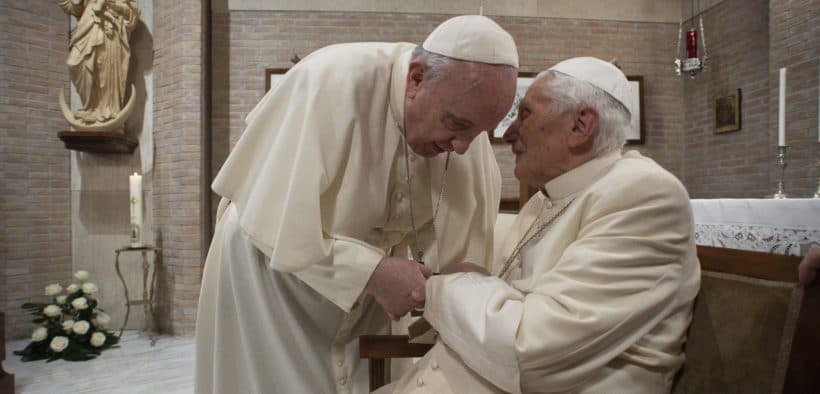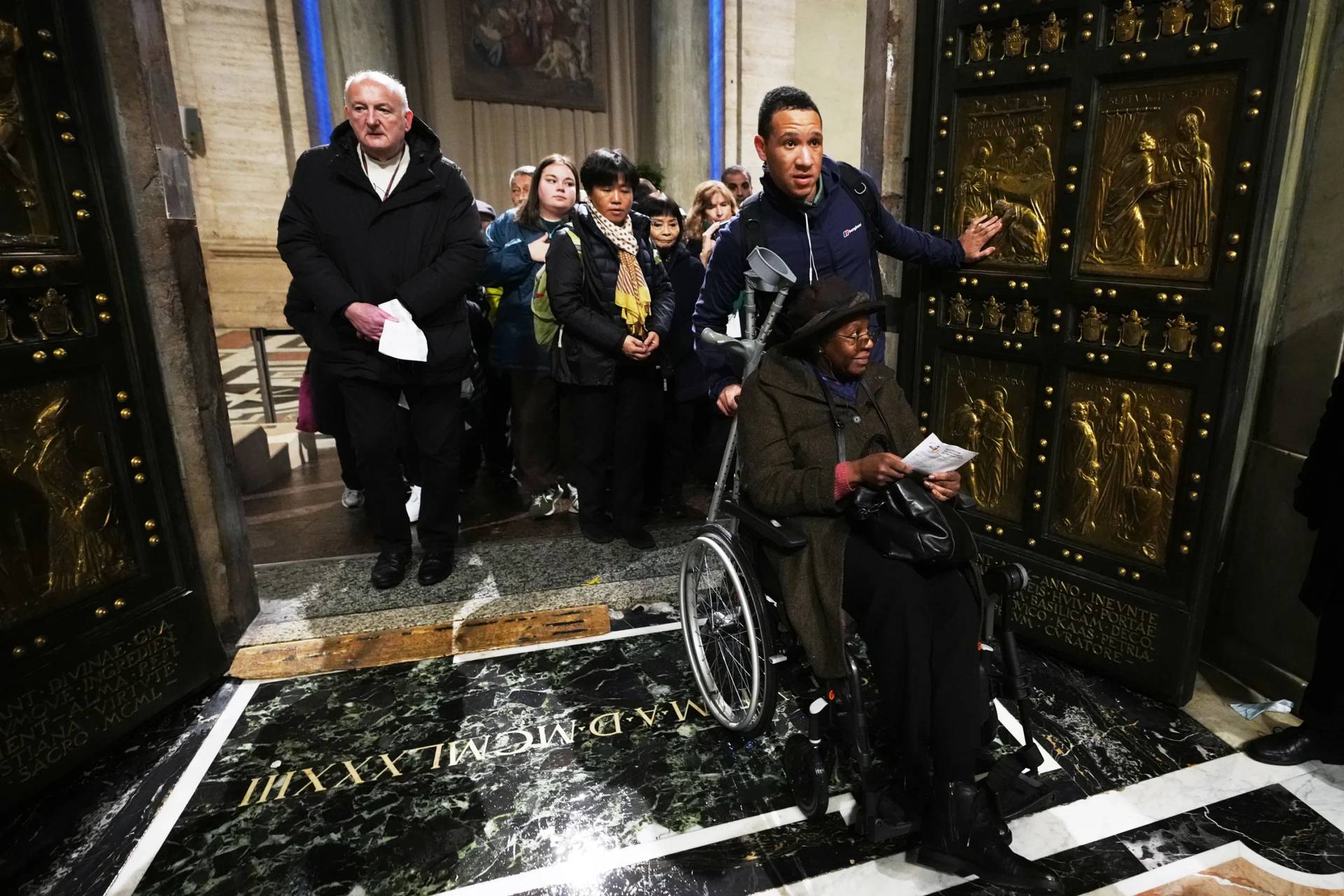ROME – What happens when an emeritus pope dies, and what the exact funeral protocol would be, were among the questions raised when Pope Francis announced yesterday that his predecessor, Benedict XVI, is “very sick” and asked for prayers.
Speaking during his Dec. 28 General Audience, Pope Francis asked faithful to “say a special prayer for Pope Emeritus Benedict, who, in silence, is supporting the Church” and who he said “is very sick.” He asked that God would “console him and support him, in this witness of love for the Church, until the end.”
Pope Francis later visited Benedict XVI at his residence in the Mater Ecclesiae monastery of the Vatican Gardens, where Benedict, 95, has resided since he renounced the papacy in 2013.
A subsequent statement from Vatican spokesman Matteo Bruni confirmed that “in the past few hours there has been an aggravation” in Benedict’s condition due to his advanced age, but that “the situation at the moment is under control,” and that Benedict is being continually monitored by his doctors.
While there is no indication yet that this could be the end for the retired pontiff, the Vatican’s statement and Francis’s appeal for prayer have put the world on alert, and the question of what happens when Benedict passes is a natural follow-up.
Benedict XVI’s retirement in 2013 thrust the Vatican into uncharted waters, as he was the first pope to resign in 600 years and there was no standing protocol for a “pope emeritus.”
So far the Vatican has not published any protocols for what happens when he dies, although in the case of the death of a reigning pope, things are much clearer. Most of the rites are spelled out in a book called the Rituale Romanum, an official liturgical text containing specific prayers and readings for all the liturgical services and rituals performed by a priest, deacon or bishop.
According to Vatican norms, once a pope has died, a pronouncement is made in Latin and his death is certified by a physician.
Tradition holds that the cardinal camerlengo, currently American Cardinal Kevin Farrell, who runs things in-house during the sede vacante, then gently taps the pope’s head with a silver hammer, while repeating his baptismal name three times. Upon receiving no response, he formally pronounces the pope’s death.
The pope’s body then usually remains largely untouched. The Vatican forbids an autopsy, so the papal apartments are then sealed off until a new pope is elected, though there is typically a time allotted allowing cardinals and members of the curia to pay their final respects.
Once the Vatican is ready to share the news with the world, the camerlengo is charged with first telling the Vicar of Rome, currently Cardinal Angelo De Donatis; the dean of the College of Cardinals, currently Italian Cardinal Giovanni Battista Re; and the ambassadors accredited to the Holy See, as well as heads of state.
The pope’s body is usually then transferred to St. Peter’s Basilica, where it lies in state for several days before the funeral to allow cardinals, dignitaries and heads of state time to arrive, and to allow faithful the opportunity to say a final farewell.
A pope’s death is marked by an official nine-day mourning period called “novemdiales,” a custom that dates back to ancient Roman times, though the pope is required to be buried between the fourth and sixth day after death except for unspecified “special reasons,” according to norms established in 1966.
For Benedict XVI, some of these formalities, such as the tradition of the novemdiales, might not be performed, and immediate rituals and notifications could well be different.
However, given Benedict XVI’s status as a former head of state, he would also likely lie in state for several days prior to his funeral to allow official delegations from around the world time to arrive and to allow faithful the opportunity to say a final farewell.
Following his retirement in 2013, Benedict’s spokesman at the time, Jesuit Father Federico Lombardi, guessed that whenever the time came, Benedict’s funeral would likely have less flair and formality than that of a reigning pope, but it would also be beyond what happens when a cardinal dies.
In all likelihood, Benedict XVI’s funeral Mass will be celebrated by Pope Francis, marking the first time, at least in modern history, that one pope will preside over the funeral of his predecessor.
There is at least one point that seems fairly clear, which is where Benedict XVI will be buried. According to biographer Peter Seewald, the pope emeritus has indicated that he wishes to occupy the tomb in the crypt below St. Peter’s Basilica that had belonged to St. John Paul II before his remains were transferred to the main level of the basilica after his canonization.
Follow Elise Ann Allen on Twitter: @eliseannallen















